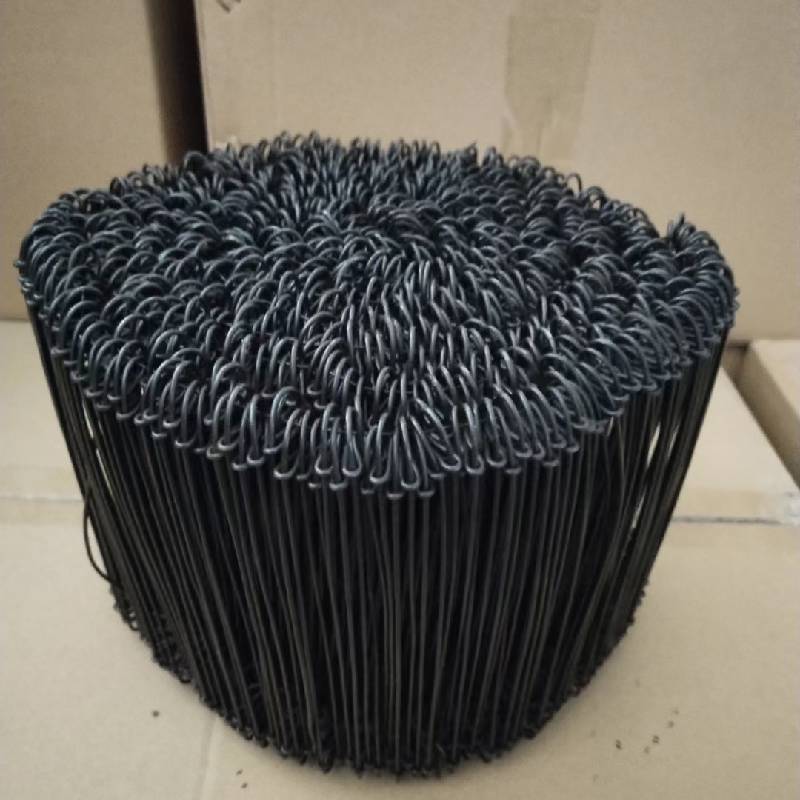
- Mobile Phone
- +8613931874955
- sales@cntcmetal.com
Design and Applications of Rectangular Compression Springs in Mechanical Engineering Systems
Understanding Rectangular Compression Springs Design, Benefits, and Applications
Compression springs are essential components in a vast array of mechanical systems, and while cylindrical springs are the most common type, rectangular compression springs offer unique advantages due to their shape and design. This article delves into the characteristics, benefits, and applications of rectangular compression springs.
Design Characteristics
Rectangular compression springs, as the name suggests, have a rectangular cross-section instead of a circular one. This design feature allows for increased load-bearing capacity while minimizing the overall space required for installation. Typically made from high-quality materials such as stainless steel, carbon steel, or specialized alloys, these springs can withstand significant stress while maintaining their elasticity.
One of the key aspects of a rectangular compression spring's design is its ability to be customized in terms of dimensions, wire thickness, and the number of active coils. This level of customization ensures that engineers can tailor the spring to the specific needs of an application, whether it be for automotive, aerospace, or industrial machinery.
Benefits of Rectangular Compression Springs
1. Space Efficiency The rectangular shape allows for tighter packing in assemblies, making it easier to incorporate multiple springs into a single component. This can be particularly advantageous in applications where space constraints are a significant concern.
2. Increased Strength Rectangular springs can distribute stress more evenly across their surface area, reducing the likelihood of failure under heavy loads. The flat surface also provides more contact area, enhancing grip and stability.
3. Flexibility in Design Engineers have the freedom to design rectangular springs in various shapes and sizes, accommodating a wide range of mechanical requirements. This adaptability makes them suitable for numerous applications.
4. Better Stability Rectangular springs tend to have superior stability compared to their circular counterparts. This is particularly crucial in applications where maintaining precise alignment is essential for optimal performance.
rectangular compression spring

5. Enhanced Performance The unique properties of rectangular compression springs can lead to improved functionality overall. Their design can help improve energy absorption, reduce vibration, and provide consistent performance under varying loads.
Applications of Rectangular Compression Springs
The versatility of rectangular compression springs allows them to be employed in many industries. Here are a few noteworthy applications
- Automotive Industry These springs are frequently used in suspension systems, throttle controls, and various engine components due to their ability to handle substantial loads and vibrations.
- Electronics In electronic devices, rectangular compression springs can provide robust support in switches and connectors, ensuring reliable performance even with repeated use.
- Industrial Machinery Many industrial machines rely on rectangular springs to maintain tension in belts, chains, and conveyor systems, contributing to the operational efficiency of these machines.
- Aerospace In the aerospace sector, where weight and space are at a premium, these springs can be instrumental in landing gear mechanisms, actuation systems, and various other critical applications.
- Medical Devices Rectangular compression springs are also found in medical equipment, where precision and reliability are paramount. They can be used in devices such as prosthetics, surgical tools, and diagnostic machinery.
Conclusion
In summary, rectangular compression springs play a crucial role across various industries, thanks to their unique design and advantageous properties. They offer engineers the ability to design compact, efficient, and reliable systems that can withstand challenging operational conditions. As technology advances, the demand for innovative spring solutions will continue to grow, ensuring that rectangular compression springs remain a vital component in engineering and manufacturing processes. By understanding and utilizing these springs effectively, industries can enhance product performance and ultimately improve user experience.
share:
-
Your Source for Concrete Wall Ties and Masonry AccessoriesNewsJul.10,2025
-
Unlocking the Power of Iron Wire for Every ProjectNewsJul.10,2025
-
Explore Advanced Chain Wire and Stainless Steel Mesh FencingNewsJul.10,2025
-
Discover the Benefits of Annealed Wire ProductsNewsJul.10,2025
-
Discover China Stainless Steel Wire Mesh SolutionsNewsJul.10,2025
-
Build with Confidence Using High-Performance Masonry AccessoriesNewsJul.10,2025
-
Why Sacrificial Formwork Is Redefining Underground ConstructionNewsJun.06,2025



















